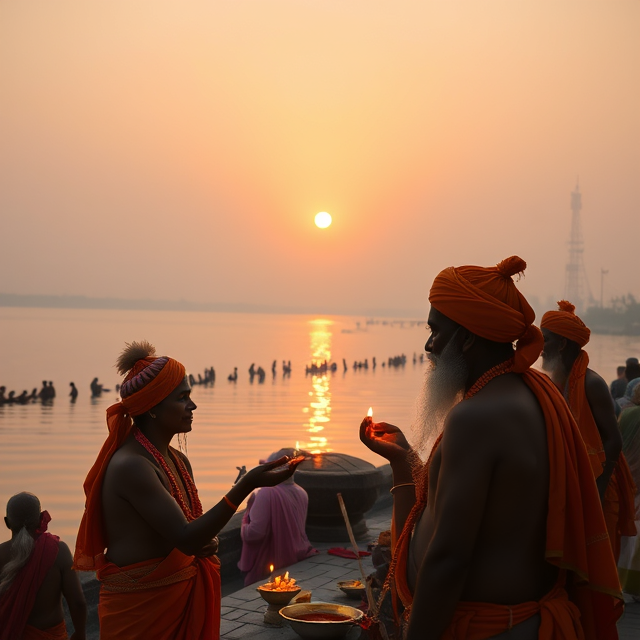Introduction
The Maha Kumbh Mela 2025 is not just a grand religious gathering but also a cultural and spiritual confluence. At its heart lies the revered Akharas, which play a pivotal role in shaping the essence of this holy event. These ancient monastic orders of saints and sages are custodians of spiritual traditions, and their presence is a key highlight of the Kumbh Mela. In this blog, we explore the history, significance, and contributions of Akharas in the Maha Kumbh Mela.
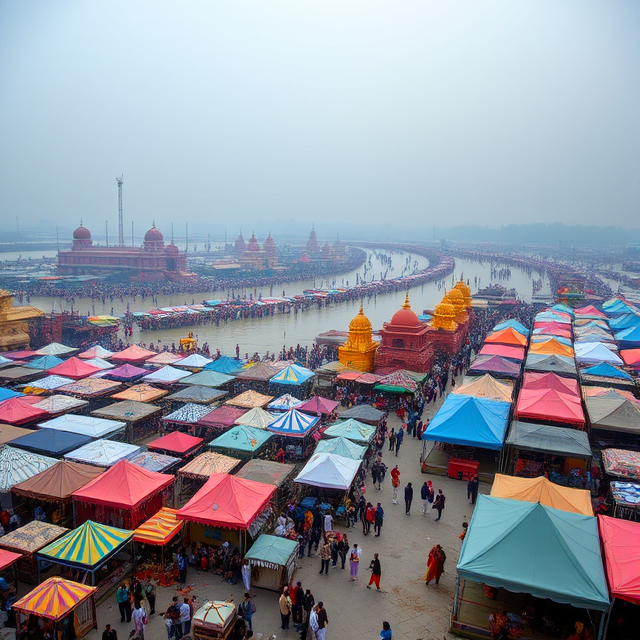
What Are Akharas?
Akharas are traditional organizations of ascetics and saints that trace their origins to ancient India. Each Akhara represents a distinct spiritual lineage and philosophy, fostering the pursuit of knowledge, meditation, and devotion.
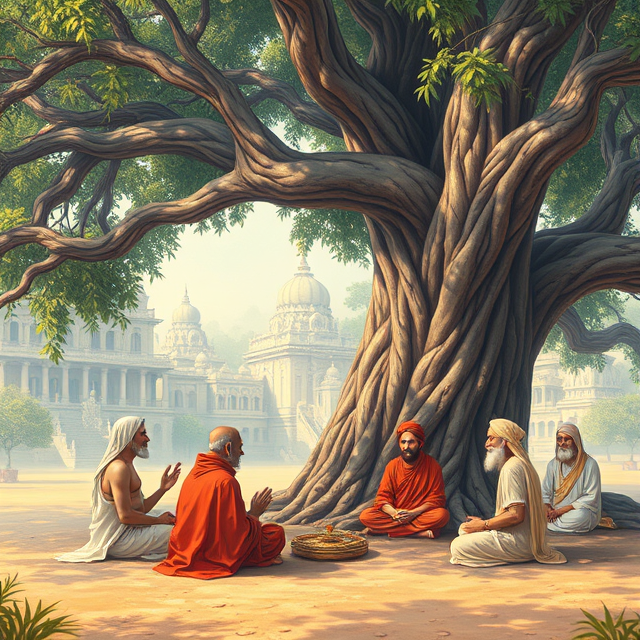
Types of Akharas
The Akharas are broadly categorized into three groups:
- Shaiva Akharas: Devoted to Lord Shiva.
- Vaishnav Akharas: Devoted to Lord Vishnu.
- Udasi Akharas: Representing a neutral philosophy.
The Historical Roots of Akharas
The origin of Akharas dates back to the 8th century when Adi Shankaracharya united ascetics under these orders to preserve and propagate Hindu dharma. Over the centuries, Akharas have evolved into centers of spiritual learning and discipline.
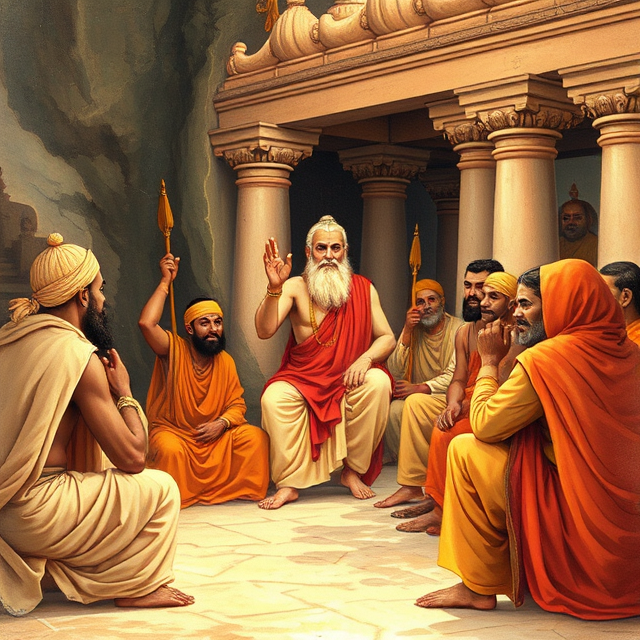
Akharas and Their Role in the Maha Kumbh Mela
The Maha Kumbh Mela is a stage where the Akharas come together to showcase their spiritual might. Here are the key roles they play:
1. Leading the Shahi Snan
The Shahi Snan, or royal bath, is the most significant ritual of the Kumbh Mela. Akharas lead this event, marking their dominance and spiritual importance. The grand procession of saints, adorned with ornaments and chanting sacred hymns, is a mesmerizing sight.
2. Spiritual Guidance
Akharas act as spiritual guides for devotees. They offer teachings, discourses, and blessings, helping pilgrims deepen their faith and understanding of spirituality.
3. Preserving Ancient Practices
From Vedic chants to meditation techniques, Akharas keep ancient Indian traditions alive. Their presence ensures that these practices are passed down to future generations.
4. Promoting Discipline and Devotion
Akharas emphasize a disciplined lifestyle, combining rigorous spiritual practices with unwavering devotion. This ethos is reflected in their activities during the Kumbh Mela.
Life Within an Akhara
Akharas are organized communities with a hierarchical structure.
- Acharya Mahamandaleshwar: The spiritual head.
- Mahants: Leaders of individual groups within the Akhara.
- Sadhus: Disciples and practitioners.
Life in an Akhara revolves around spiritual practices, debates, and social service.
The Cultural Impact of Akharas
Akharas are not only spiritual institutions but also cultural powerhouses. Their participation in the Maha Kumbh Mela attracts millions, creating a vibrant atmosphere of faith and festivity.
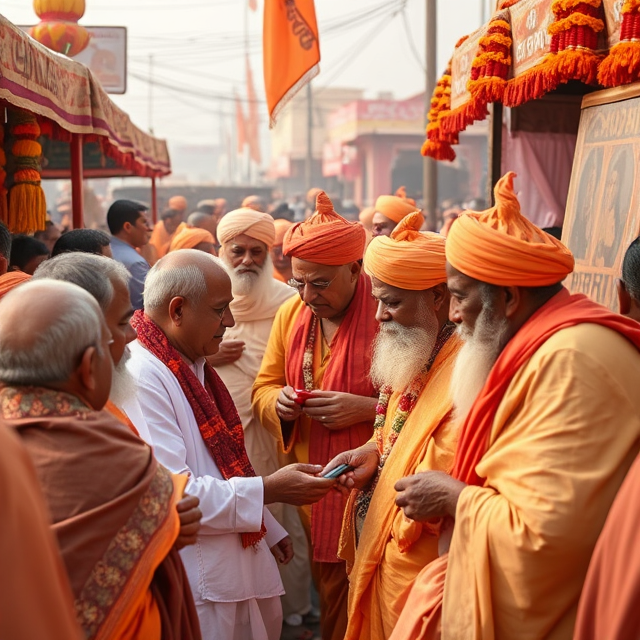
Tips for Witnessing Akharas at the Maha Kumbh Mela 2025
- Plan Early: Arrive early to witness the Shahi Snan processions.
- Observe Respectfully: Maintain decorum while photographing or interacting with saints.
- Learn and Reflect: Attend discourses to gain insights into their teachings.
Conclusion
The Maha Kumbh Mela 2025 would be incomplete without the profound influence of the Akharas. These monastic orders enrich the event with their spiritual presence, ancient rituals, and cultural heritage. Understanding their role not only enhances your Kumbh Mela experience but also deepens your appreciation for India’s rich spiritual traditions.
